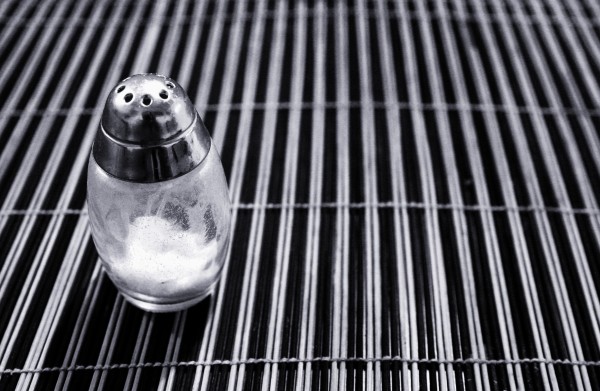An international research team led by Professor Charles Bourque at McGill University in Montreal, Canada has found that in mice, excess consumption of salt results in the brain’s ‘reprogramming.’ Normally, there is a safety mechanism that keeps arterial blood pressure from rising, but salt (or, more specifically, sodium) puts individuals at higher risk for high blood pressure–and therefore higher risk for heart attacks or strokes–by raising plasma sodium concentration.
The correlation between salt intake and circulatory problems has been long observed, but only recently has the true cause been uncovered. Now that the science behind this relationship is known, individuals are encouraged to be even more vigilant about their sodium intake. Many food items, such as milk or eggs, already contain sodium that is usually unaccounted for when measuring intake.
Image Source: Ed Reschke
Here’s how sodium specifically affects the body, as demonstrated in rats:
When rats were fed large amounts of sodium, a biochemical change in their neurons resulted in the release of vasopressin (VP), a certain hormone that helps regulate water retention and blood vessel constriction. When sodium levels are lowered, the brain can usually detect blood vessel constriction and keep vasopressin from affecting blood vessels. However, salt disables this maintenance of VP levels and enables blood vessel constriction, raising blood pressure.
While this discovery puts us much closer to determining the actual reason behind the correlation of salt intake and risk of hypertension, many questions still need to be answered. For example, this study was done on rats. Would these same effects be found in the human body? If so, how would this information lead to possible treatments against adverse effects of sodium consumption? This study was crucial in opening the next step for a possibly more effective treatment of high blood pressure, but much research is left to be done. For now, the scientists behind the study recommend preventative measures–basically, don’t eat too much salt.
Featured Image Source: Salt by Leonid Mamchenkov










